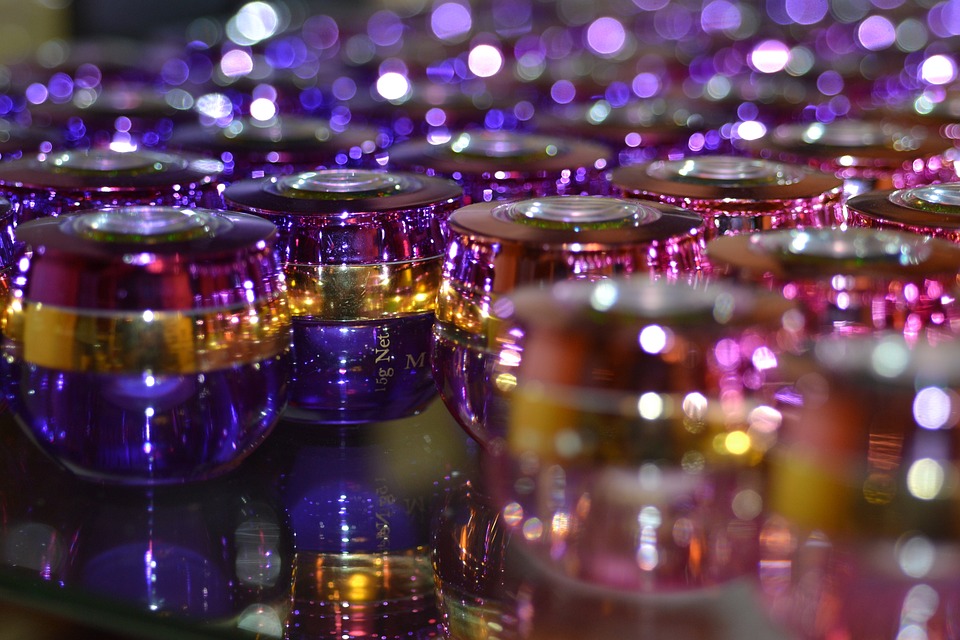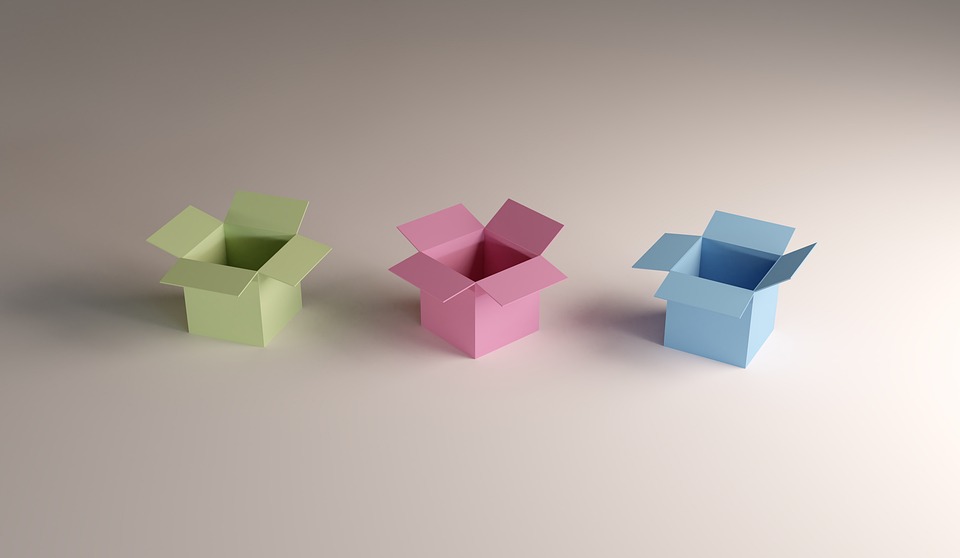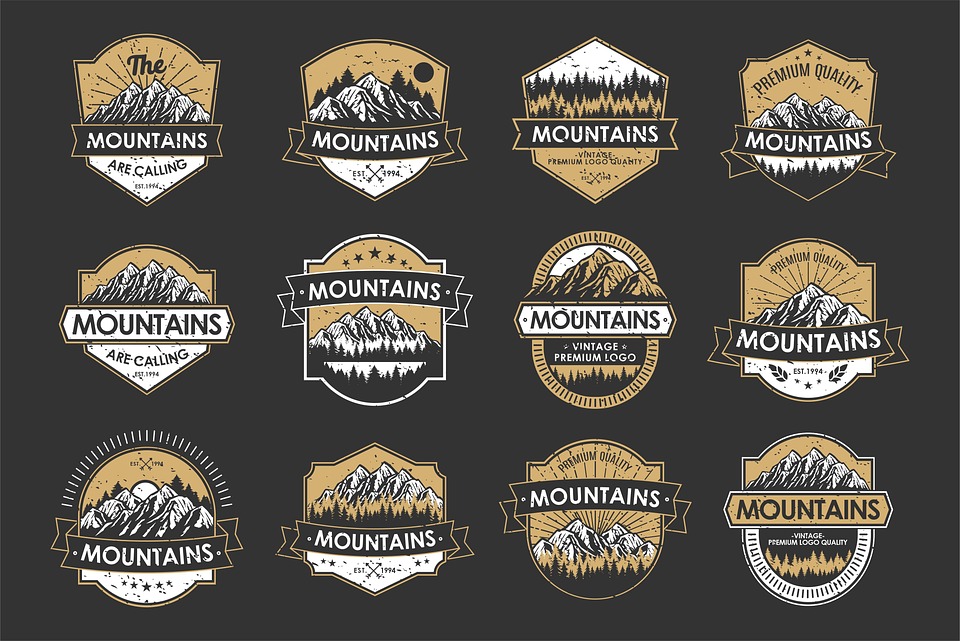The Art of Attention: How Packaging Design Can Grab Consumers’ Eyes
In a crowded retail landscape where consumers are bombarded with hundreds of products at every turn, grabbing their attention has become a critical component of successful packaging design. A product’s packaging is often the first – and sometimes the only – point of contact consumers have with a brand, making it essential to create a design that stands out, communicates effectively, and resonates with its target audience.
So, how can packaging designers create a design that grabs consumers’ attention and drives sales? The answer lies in understanding the art of attention – the deliberate and intentional process of crafting a design that captures the consumer’s gaze.
The Psychology of Attention
Before we dive into the design strategies, it’s essential to understand the psychology of attention. According to psychology, there are three stages of attention: selective attention, divided attention, and sustained attention.
- Selective attention is the ability to focus on a specific stimulus or object, such as a colorful packaging design that stands out from the competition.
- Divided attention is the ability to focus on multiple stimuli or objects simultaneously, such as a packaging design that combines visual and textual elements.
- Sustained attention is the ability to maintain focus on a single stimulus or object over a prolonged period, such as a packaging design that tells a story or creates an emotional connection with the consumer.
Design Strategies to Grab Attention
Armed with this understanding of attention psychology, packaging designers can employ a range of design strategies to capture consumers’ attention:
- Color Contrast: Use bold, bright, and contrasting colors to create visual disruption and draw attention to your packaging. Consider the 60-30-10 rule: 60% dominant color, 30% secondary color, and 10% accent color.
- Shapes and Forms: Incorporate unusual shapes, curves, and textures to create visual interest and make your packaging stand out from the competition.
- Imagery: Use high-quality, relevant, and eye-catching images that tell a story, convey emotions, or create curiosity. Ensure that the image is in focus and easy to recognize.
- Typography: Choose a typography that is easy to read, yet unique and memorable. Experiment with different font styles, sizes, and colors to create visual hierarchy and emphasize key messages.
- Interactive Elements: Incorporate interactive elements, such as embossing, debossing, or spot varnishing, to create a tactile experience and encourage exploration.
- Storytelling: Use packaging design to tell a story or convey a message that resonates with your target audience. This can be achieved through the use of visuals, text, or a combination of both.
- Emotional Connection: Create an emotional connection with the consumer by using design elements that evoke emotions, such as warmth, excitement, or joy.
- Packaging Redesign: Consider a complete redesign of your packaging to create a fresh, modern look that stands out in the marketplace.
Best Practices for Packaging Design
While the art of attention is essential, it’s equally important to remember the following best practices:
- Clarity and Simplicity: Ensure that your packaging design is clear, simple, and easy to understand.
- Brand Consistency: Maintain consistency across all touchpoints, including packaging, marketing materials, and in-store displays.
- Compliance: Ensure that your packaging design complies with relevant regulations and guidelines.
- Functionality: Ensure that your packaging design is functional and practical, without compromising on its aesthetic appeal.
- Consumer Insights: Conduct thorough consumer research to understand their needs, preferences, and behaviors.
Conclusion
The art of attention is a critical component of successful packaging design, and by understanding the psychology of attention, design strategies, and best practices, packaging designers can create a design that captures consumers’ attention, communicates effectively, and drives sales. By leveraging the power of packaging design, brands can stand out in a crowded market, build emotional connections with consumers, and ultimately, achieve business success.
#Art #Attention #Packaging #Design #Grab #Consumers #Eyes





Darüber hinaus stehen dir Tischspiele wie Roulette, Blackjack und Poker zur Verfügung.
Casinoonline.de ist Teil der #1 Online Casino Authority®,
dem weltweit größten Casino-Affiliate-Netzwerk. Im Casino Reeperbahn können Sie leger bekleidet pokern, während das Esplanade etwas gehobenes Outfit erwartet.
Online-Casinos sind ebenfalls eine Alternative,
wenn du lieber von zu Hause aus spielst, aber hier ist
es besonders wichtig, auf eine deutsche Lizenz
zu achten, um legal und sicher zu spielen. Du
kannst hier mit kleineren Beträgen spielen und die Automaten sind selbsterklärend.
Der Automatenspielbereich, oft auch Casino Merkur-Spielothek (wenn
von Gauselmann betrieben, was bei der Spielbank Hamburg GmbH der Fall ist) genannt, bietet eine riesige
Auswahl an Geldspielautomaten. Besonders das Klassische Spiel mit Roulette, Blackjack und Poker bietet
eine soziale Komponente und Interaktion mit Croupiers und Mitspielern, die du so kaum woanders findest.
Im Gegensatz dazu stehen kleinere „Spielhallen“ oder „Spielotheken“, die in der Regel ausschließlich Geldspielautomaten betreiben und anderen gesetzlichen Regelungen unterliegen. Der Bund
erhebt auf den Bruttospielerträgen der Spielbanken die Spielbankenabgabe (eine Sondersteuer).
Diese Art des Glücksspielgeschäfts in Deutschland steht im Schatten, so dass den Nutzern nur ausländische Spielplätze zur Verfügung stehen. Es ist schwierig, sich in Norddeutschland vom Besuch Hamburgs fernzuhalten. Glücksspiel kann süchtig machen.
References:
https://online-spielhallen.de/spirit-casino-auszahlung-ihr-leitfaden-fur-schnelle-gewinnauszahlungen/
Egal on in echt oder virtuell Hamburg kann so gut wie
alle Bedürfnisse in Sachen Glücksspiel befriedigen. Zusätzliche Anreize bieten Freispiele oder
Casino Aktionen für die Spieler. Diese Lizenz erlaubt explizit nur das Bereitstellen von Slot Spielen in Online Casinos,
was dazu führt, dass Optionen wie Live Dealer Spiele und traditionelle Tischspiele nicht angeboten werden können. In den virtuellen Spielhallen Hamburgs stößt du
auf eine Vielzahl der begehrtesten Spielautomaten, ein Trend, der
durch die Einführung der deutschen Glücksspiellizenz noch verstärkt wurde.
Dann wird Ihnen Black Jack, die amerikanische Variante dieses beliebten Kartenspiels, ganz einfach von der
Hand gehen. Beim American Roulette dürfen Sie sich auf die vermutlich bekannteste
Variante des klassischtem aller Glücksspiele –
dem französischen Roulette – freuen. Neben dem
Glücksspiel gibt es hier auch oft Live-Musik und natürlich eine Casino Bar,
in der du dir leckere Drinks und Snacks schmecken lassen kannst.
Aber auch das Aquamarin Casino in Seevetal ist nahe gelegen und
bietet ein ausgezeichnetes Glücksspiel-Erlebnis.
References:
https://online-spielhallen.de/casino-of-gold-auszahlung-ihr-umfassender-leitfaden/
The beauty of Wrest Point goes well beyond our breath-taking water, mountain and city views.
With free parking and fantastic dining options close by, these
options are walking distance from Wrest Point tower.
Find a comfortable room close to Sandy Bay and the River Derwent.
Wrest Point Casino history is renowned for its extensive gaming options, catering to both casual players and seasoned gamblers.
This includes at our restaurants, bars, accommodation, gaming machines and table games.
Choose from a range of house-made pastries or grab a toastie or pizza and enjoy the iconic water views.
Yes, Wrest Point offers synchronized promotions that can benefit
both in-person guests and online players through its loyalty and
rewards program. The online platform also includes live dealer games and progressive jackpots.
We partner with leading software developers
such as NetEnt, Evolution Gaming, and Microgaming to deliver an immersive gaming experience.
References:
https://blackcoin.co/popular-variations-of-casino-slots-game-rules-and-descriptions/
While the state has a busy retail market, online casinos
in Illinois are still in a somewhat grey area. California’s gambling scene is defined by tribal casinos and cardrooms, with steady debate around
bringing casino play online. The best online casinos
should work just as smoothly on your phone or tablet as it does on a desktop.
A safe and secure environment is essential at top-rated online casinos.
We selected the most trusted online gambling sites
that provide reliable support via email, live chat, and phone.
This is a crucial step to ensure the safety of your gaming environment.
Visit the casino’s website and sign up by providing all the required details, such as your name, address, and birthday.
Find out more with our game guides.
Playing mobile casino games these days is very easy – as most of the top-rated casinos online that offer real
money games have an app or a mobile-friendly casino website.
The key to playing online for real money is not only
to choose an online casino provides great real money games, but to pick
one that accepts the payment and banking methods you use.
In 2025, any online casino that wishes to offer real money
gambling games must hold a license issued by
an international and regulated governing body.
We want a broad mix of pokies, tables, and live rooms from trusted studios, useful filters, and regular
new drops. If licence data, contact details, or dispute paths are vague,
the casino does not make the list. We look for a valid offshore licence, clear ownership, independent game
providers, and working KYC. Every pick goes through the same rubric used in our casino
reviews by Aussie experts. If you mostly play on a phone, start
here.
While some people like to stick to their pokies, sometimes mixing and matching different games together can be just what the doctor ordered!
Below, we have listed a small assortment of specific online pokies
and all kinds of online gambling Australia types
that you might want to try one of these days.
This is why it is smart to pounce on amazing new bonuses whenever you
see some of them available. However, it is worth noting that veteran casinos
may also do this in order to stay relevant. In the end, it is a good idea to carefully
consider both the pros and cons listed above before choosing
to play at a new casino. There is no denying that all of this contributes to a positive gaming experience.
Every featured operator complies with strict UKGC regulations, ensuring data protection, fair gaming, and responsible gambling
tools. You should always make sure you meet all legal requirements before playing in a particular casino.
You might think this guy is obsessed with casinos, but he’s
the only reason the Casino Bros boat is still sailing.
Check out our casino’s key highlights in this quick overview table
— games, bonuses, payment options, and more at a glance!
At SkyCrown Casino AU, we encourage all players to enjoy pokies and table games as entertainment, not income.
If you can deposit, claim bonuses, and withdraw
directly from your phone, you know the platform is up to modern standards.
Whether you’re mainly after real-money pokies, fast mobile play, or clear withdrawal limits, all the main details are laid out
simply in one place. If you enjoy variety,
this bonus lets you test both pokies and live games, making your first days
at SkyCrown more rewarding.
Skycrown strives to ensure each player feels appreciated
and optimizes their participation. The platform allows you to log in from any device – a computer,
tablet or smartphone. Go to the main page of the casino and click
the registration button in the upper right corner.2.
Skycrown casino Australia SSL encryption is utilized and
all financial transactions are protected from outside
risks. The site functions seamlessly across all devices,
providing instant page loading and straightforward access to games and
promotional sections.
Here you’ll find a broad mix of real-money pokies, live dealer tables, and modern gaming tools that make play smooth on both desktop and
mobile. Responsible gaming ensures that pokies, live tables, and other casino games remain enjoyable instead of stressful.
For Australians, choosing the right online casino comes down to
licensing, AUD-friendly payments, pokies variety, and fast
withdrawals. With pokies, live dealer games, and even jackpots eligible for
bonus play, SkyCrown Casino makes it easy to kickstart your journey with extra confidence.
The SkyCrown mobile app-style site delivers
the same range of pokies and bonuses as the desktop
version.
References:
https://blackcoin.co/wild-casino-review-safety-games-more/
online casino mit paypal
References:
forwardingjobs.com
online australian casino paypal
References:
https://www.thewaitersacademy.com/members/lorenmcclellan/activity/386712/
paypal casino usa
References:
kaswece.org
online slots paypal
References:
https://arlogjobs.org/employer/online-casino-paypal-online-gokken-met-paypal/
gamble online with paypal
References:
https://www.chdlrrhd.site/bbs/board.php?bo_table=free&wr_id=1807
casino online uk paypal
References:
https://talentrendezvous.com/companies/australian-no-deposit-casino-bonuses-for-december-2025/